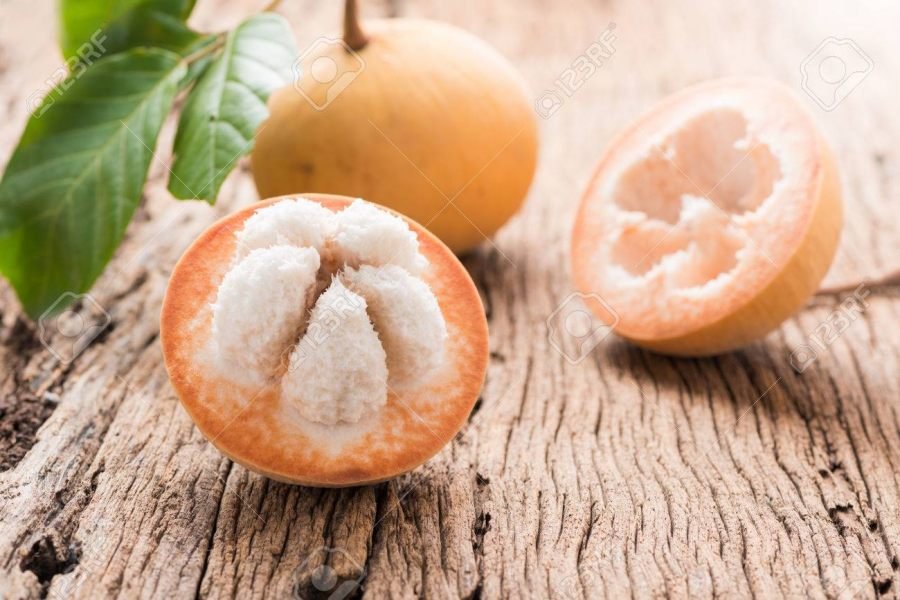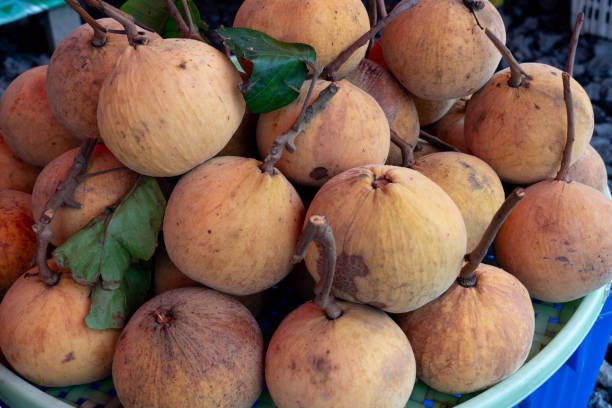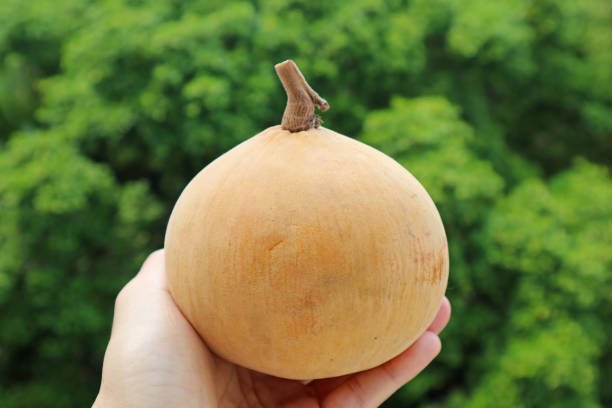
Santol Health Benefits | Insights for Diabetics
Santol: A Tropical Delight with Surprising Health Benefits for Diabetics
If you’re like me, living with diabetes means being careful about what fruits I eat. I recently rediscovered Santol, scientifically known as Sandoricum koetjape, a tropical fruit native to Southeast Asia and widely enjoyed here in the Philippines. Beyond its unique sweet-sour flavor, Santol offers several health benefits that make it a worthwhile inclusion in a diabetic-friendly diet, with some mindful considerations.
What is Santol?
Santol is a round fruit about the size of a small apple, with a fuzzy skin that can be yellow or reddish. Inside, it has a thick edible rind and a central pulp surrounding several seeds. The taste varies from mildly sweet to tangy and sour depending on the variety. The tree itself grows tall and fast, commonly found in tropical climates, and produces abundant fruit during the season.

Healing and Health Benefits of Santol
Santol isn’t just delicious; it’s also packed with nutrients that support health:
- Rich in Dietary Fiber: The pulp and rind contain fiber that helps slow digestion and sugar absorption, which is crucial for blood sugar control.
- Vitamin C and Antioxidants: These nutrients help boost the immune system and fight inflammation, which is important for managing diabetes and preventing complications.
- Potential Anti-Inflammatory Effects: Some traditional uses suggest santol may help reduce inflammation and support digestive health, although more scientific studies are needed.
- Low in Calories and Natural Sugars: Santol’s moderate sugar content makes it a better fruit choice for diabetics compared to high-sugar tropical fruits.

Glycemic Index of Santol and What It Means for Diabetics
While exact glycemic index (GI) data for santol is limited, it is generally estimated to have a low to moderate GI of around 35 to 45. This means santol causes a slower, gentler rise in blood sugar compared to high-GI fruits. For diabetics like me, this is encouraging because it means santol can be enjoyed without causing large glucose spikes — especially when eaten in moderation and paired with other low-GI foods.

How to Enjoy Santol Safely as a Diabetic [ Santol Health Benefits ]
Here’s how I include santol in my diet without worrying about my blood sugar:
- Watch Your Portion: I stick to about a half-cup (75 grams) of the edible pulp per serving. This provides flavor and nutrients without overloading on natural sugars.
- Avoid Eating the Seeds: The seeds are not edible and can cause intestinal issues if swallowed. Always remove them carefully.
- Pair with Protein or Healthy Fats: Eating santol alongside nuts or a small serving of cheese helps slow sugar absorption even more.
- Eat It Fresh: I prefer fresh santol rather than processed forms like jams or preserves, which often contain added sugars.
- Use It in Recipes: Santol can be used in salads, chutneys, or even cooked dishes, adding a tangy twist without adding a high glycemic load.

Summary: Santol at a Glance
| Aspect | Details |
|---|---|
| Scientific Name | Sandoricum koetjape |
| Common Names | Santol, Sentul, Cotton Fruit |
| Glycemic Index | Estimated 35–45 (Low to moderate GI) |
| Sugar Content | Approximately 5–7g per 100g edible pulp |
| Health Benefits | High fiber, vitamin C, antioxidants, and potential anti-inflammatory effects |
| Serving Size | About ½ cup (75g) pulp per meal |
As someone managing diabetes, discovering fruits like santol that are both tasty and have a low glycemic impact feels like a small victory. It reminds me that healthy eating doesn’t have to be boring or restrictive. With a bit of care, I can enjoy the flavors of home while keeping my blood sugar in check.
References
- Santol – Wikipedia
- National Parks Board Singapore – Sandoricum koetjape
- Glycemic index and glycemic load of tropical fruits (SciELO)
- Plantwise Knowledge Bank – Sandoricum koetjape
MORE STORIES
- Adlai Health Benefits | Coix lacryma-jobi
- Kimchi Health Benefits and Recipe
- Fruits and Vegetables For Pancreatic Health
- Fruits and Vegetables for LBM
- Fruits for Skin | Best 10 Selections
- Mango Health Benefits | Mangifera indica
- Ginkgo Biloba Benefits, Uses, and More
- Plants for Depression: Boost Your Mood with Nature
- Weather-Wise Gardening
- Bougainvillea Plant Guide
- Jackfruit Seeds Benefits and Nutrition
- Alugbati Health Benefits | Malabar spinach [ Basella alba ]
- Brassica rapa subsp. Chinensis Health Benefits ( Bok Choy )

